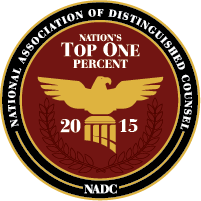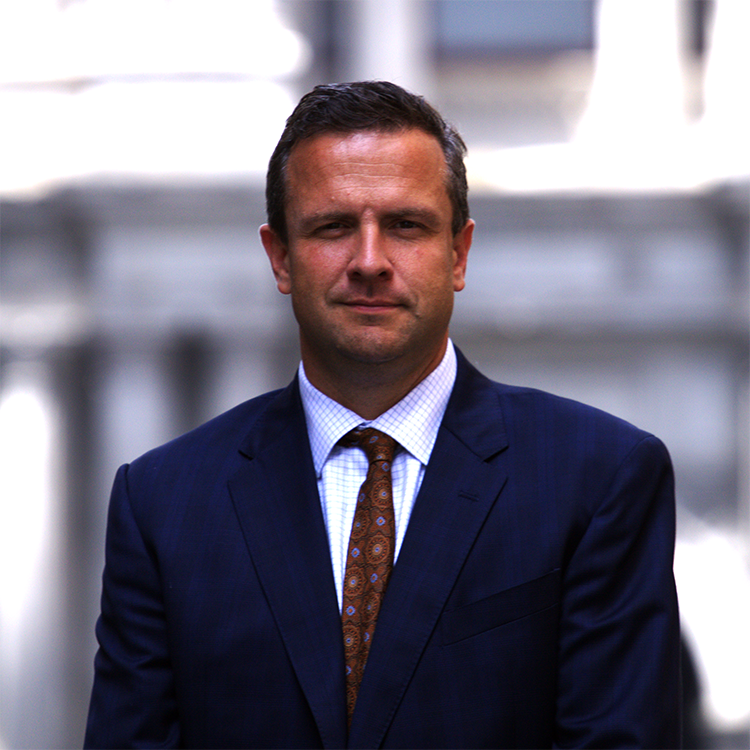In this article you will discover the best procedures to take when dealing with eyewitness misidentification in Philadelphia. I will outline how the Philadelphia Police department has changed their approach to eyewitness testimony and how you can utilize this information to become a more valuable attorney.

“Eyewitness misidentification contributes to 72 percent of the 318 wrongful convictions that were overturned by DNA evidence…” (Read more about this study)
What Is The Best Approach For Attorneys?
Most attorney’s first mistake is usually to attack the credibility of sympathetic crime victims who honestly believe that they have pointed out the correct perpetrator in court.
This strategy usually fails in front of jurors who typically feel empathy towards victims.
My recommended approach in addition to the use of expert witness identification, is that attorneys should express empathy towards the eyewitness/victim, while pointing out as many factors as possible that could contribute towards a misidentification as possible.
These factors include poor lighting, focus on a weapon, use of intoxicants, where the victim and perpetrator are not of the same race, etc. After these factors are established, the defense attorney should attack the identification procedures used by detectives, which are usually fallible.
Previous Philadelphia Police Methods of Identification
1. Police often fail to instruct witnesses that the suspect might or might not be present in a lineup or photo array. Witnesses are more likely to incorrectly identify someone when they are operating on the assumption that police know or suspect who has committed a crime.
Preferred Method: inform suspect that actual perpetrator may not be shown.
2. Philadelphia police detectives frequently use a simultaneous lineup or photo array where a suspect and fillers (similar looking people of the same age, race, hair color, etc.) are all shown at the same time. This technique often causes witnesses to use “relative judgment” where they compare the pictures of all individuals to each other rather than to their own memory of the perpetrator. Thus, if the real perpetrator is not in the photo array, police end up arresting someone who closely resembles him.
Preferred Method: show single photos of suspects, which results in a witness using “absolute judgment.”
3. The detectives conducting the photo array are often the lead investigator who obviously knows the identity of the true suspect. As a result, some detectives intentionally or accidentally prompt a witness to identify the person the detective believes to have been involved.
Preferred Method: use a “double-blind” procedure where the administrator does not know who the suspect is so they are unable to give verbal or nonverbal cues as to who should be selected.
Current Philadelphia Police Method of Identification
In December of 2012, over 150 Captains, Lieutenants, and Commanders of the Philadelphia Police Department attended a program to educated members of the Philadelphia Police Department about the advancements in the police techniques of photographic and live witness identification.
The Enhancing Law Enforcement’s Ability to Ensure Accurate Convictions—Techniques & Scientific Development seminar was held by the Pennsylvania Innocence Project, the Innocence Project, and the Philadelphia Police Department.
Now that the new techniques are in place and detectives have been trained on them, it actually makes cross-examination easier since detectives are almost forced to acknowledge that the old way of doing things were wrong.
Especially in cases with little or no physical evidence, defense attorneys should ask jurors how they can convict an individual where eyewitness identification is the product of a discredited method.
Eyewitness Misidentification: Attorneys Must Stand Strong
There are thousands of cases still pending, one of my recent cases in Philadelphia included, where police have used the suggestive techniques that often lead to eyewitness misidentification.
While I hope that the new identification procedures currently being used result in the arrest of fewer individuals in Philadelphia. I fear that there are some members of law enforcement who will find ways to bend the rules and suggest to witnesses who should be identified.
The role of an experienced and aggressive Philadelphia trial attorney will thus become even more valuable. Learn more from my own experiences in aggressive trials by reading the Top 3 Things I’ve Learned As a Philadelphia Criminal Defense Attorney.









